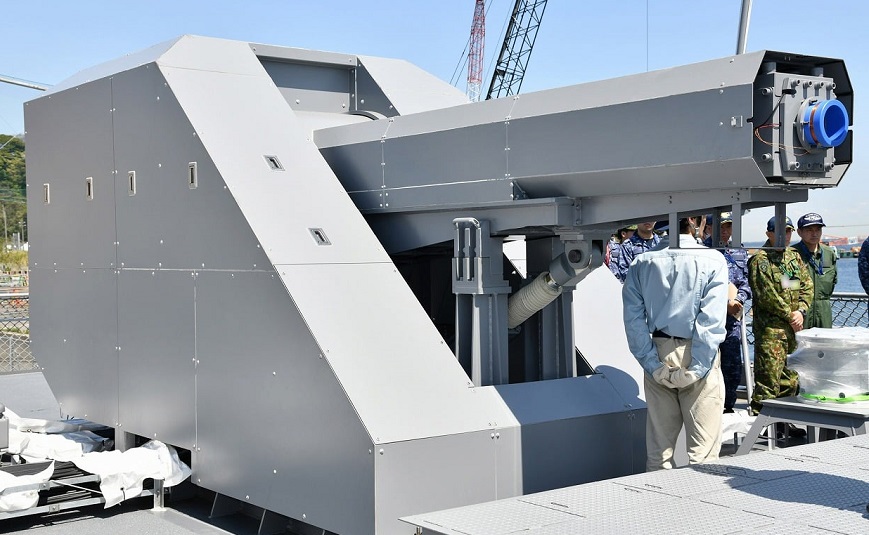
Japan Unveils Railgun to Counter Hypersonic Threats
At the 2025 Defense Security Equipment International (DSEI) expo in Japan, the Ministry of Defense unveiled a futuristic electromagnetic railgun designed to intercept hypersonic threats. Unlike conventional artillery, this railgun uses powerful electromagnetic forces to fire projectiles at ultra-high velocities—without explosives or chemical propellants.
The showcased weapon can currently launch 40mm projectiles weighing around 320 grams at speeds up to Mach 6.5 (approximately 8,000 km/h), using nearly 5 megajoules of energy. Japan aims to quadruple this energy output to 20 megajoules to significantly enhance its kinetic destructive power. The non-explosive nature of these rounds allows for safer handling while relying purely on high-velocity impact to neutralize threats.
This innovation marks a strategic leap in energy-based weapons, where precise, high-speed strikes reduce collateral damage and improve response times to fast-moving threats.
Hypersonic Missile Defense
The railgun’s primary mission is to serve as a countermeasure against hypersonic missiles—projectiles that travel faster than Mach 5 and can evade current interception systems due to unpredictable flight paths. The railgun’s ability to launch high-velocity rounds rapidly and with pinpoint accuracy presents a promising defensive solution against such evolving threats.
Planned for deployment on naval platforms, the system will enhance Japan’s maritime defenses, particularly in contested waters where regional adversaries have made significant strides in hypersonic weapons. The flexibility to adapt railgun modules on vessels such as the JS Asuka further boosts Japan’s real-time interception capabilities during patrols and combat missions.
Strategic Implications
Japan’s development of electromagnetic railgun technology signals a broader modernization of its defense strategy amid intensifying regional security concerns. The successful integration of the system on the JS Asuka marks a major milestone, showcasing Japan’s readiness to operationalize next-generation defense tools.
This advancement places Japan alongside global powers like the United States, China, and Germany, all racing to perfect similar technologies. However, Japan’s ability to test and demonstrate at sea gives it a unique edge in practical application and field deployment.
Beyond intercepting missiles, the railgun could revolutionize naval warfare, offering a low-cost and reusable alternative to traditional missiles. Its potential export and integration into joint defense initiatives could further cement Japan’s standing as a leader in cutting-edge military innovation.
As the technology matures, Japan may also pursue partnerships to commercialize or co-develop railgun platforms, adding a strategic layer to its defense diplomacy and regional influence.


















